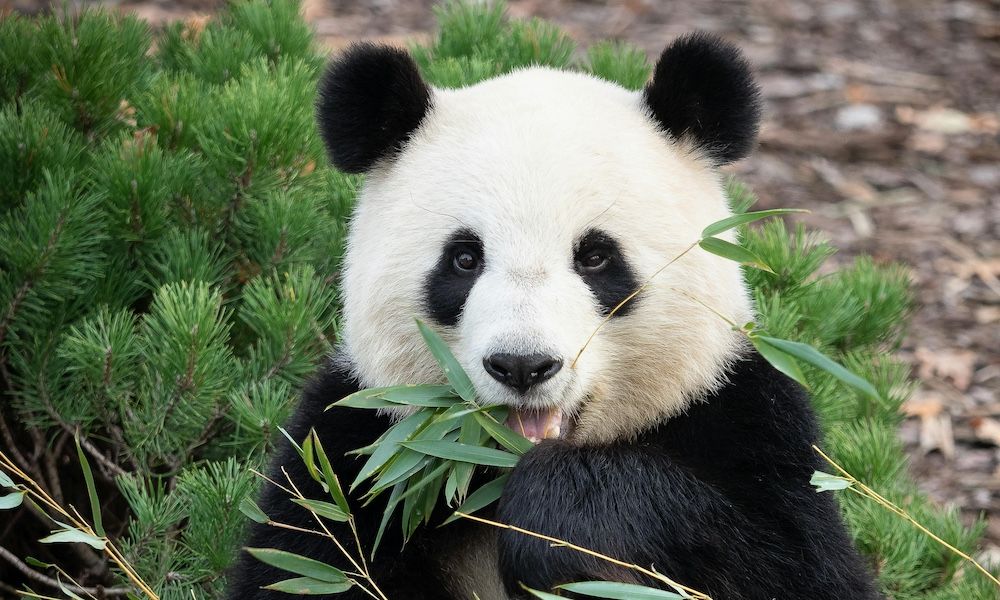Nestled in the heart of Asia, the Qinghai-Tibet Plateau stands as one of Earth's most enigmatic and breathtaking regions. Often referred to as "The Roof of the World," this high-altitude expanse stretches across parts of western China, including Tibet, Qinghai, and parts of Sichuan and Yunnan. The plateau, with its towering mountains, unique ecosystems, and profound cultural heritage, offers an unparalleled glimpse into a world that seems both timeless and otherworldly.
The Qinghai-Tibet Plateau is renowned for its remarkable topography. Rising to an average elevation of over 4,500 meters (14,800 feet) above sea level, it is the highest and largest plateau on the planet. This immense elevation creates a dramatic landscape characterized by snow-capped peaks, vast grasslands, and crystal-clear lakes.
The plateau is home to some of the world’s tallest mountains, including the formidable Himalayas. Mount Everest, the highest peak on Earth, marks the southern edge of the plateau. The rugged terrain, with its towering peaks and deep valleys, is a magnet for mountaineers and trekkers seeking adventure and solitude.
Among the plateau’s natural treasures are its pristine lakes, such as Lake Qinghai and the sacred Yamdrok Lake. These bodies of water, set against the backdrop of the high-altitude landscape, are not only visually stunning but also vital sources of freshwater. The plateau is also the source of several major rivers, including the Yangtze, Yellow, and Indus, which are crucial to the water supply for millions of people downstream.
The harsh but beautiful environment of the plateau is home to a variety of specialized wildlife. Iconic species such as the Tibetan antelope, wild yak, and the elusive snow leopard have adapted to the extreme conditions. The plateau’s unique ecological zones support a rich biodiversity that thrives in its remote and challenging habitat.
The Qinghai-Tibet Plateau is more than just a natural wonder; it is a region deeply intertwined with rich cultural and spiritual traditions. The people who inhabit this vast region, including Tibetans, Mongols, and various ethnic minorities, have developed a distinct cultural heritage that reflects their adaptation to the high-altitude environment.
Central to the plateau's cultural identity is Tibetan Buddhism, which has profoundly shaped the region's spiritual and social life. The stunning monasteries, such as the Potala Palace in Lhasa and the Jokhang Temple, are not just architectural marvels but also centers of spiritual practice and pilgrimage. The vibrant festivals, colorful rituals, and intricate thangkas (religious paintings) offer a window into the deep-rooted traditions of Tibetan Buddhism.
The nomadic herders and pastoralists who call the plateau home have developed a lifestyle that harmonizes with their environment. Their traditional practices, including yak herding and weaving, reflect a deep connection to the land and its resources. The plateau’s remote location has preserved many of these ancient customs, offering a glimpse into a way of life that has remained largely unchanged for centuries.
Despite its allure, the Qinghai-Tibet Plateau faces significant challenges. Climate change, with its impact on glacial melting and shifting weather patterns, poses a threat to the region’s delicate ecosystems. Additionally, the pressures of modern development and tourism require careful management to ensure the preservation of the plateau’s natural and cultural heritage.
Conservation efforts are crucial in safeguarding the plateau's unique environment. Initiatives aimed at protecting wildlife habitats, managing tourism sustainably, and addressing climate change impacts are essential in maintaining the ecological balance and cultural integrity of this extraordinary region.
The Qinghai-Tibet Plateau, with its dramatic landscapes, rich cultural heritage, and spiritual significance, is a place of profound beauty and mystery. Whether you’re drawn by the allure of its natural wonders, the depth of its cultural traditions, or the challenge of its high-altitude adventure, the plateau offers an experience unlike any other. As we continue to explore and appreciate this majestic region, it remains a reminder of the diverse and awe-inspiring wonders that our planet has to offer.





